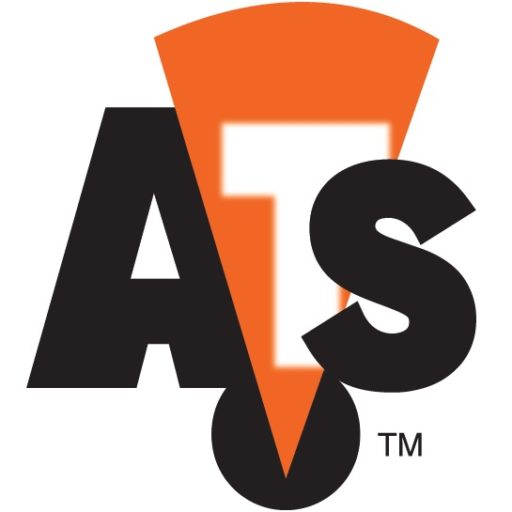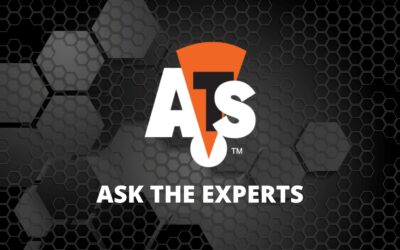Condition monitoring analysts, especially the vibration team, frequently get this call from the operating area of the plant: “The XYZ machine sounds funny, you need to come out here and check it!” The expected response is “Sure, I’ll grab my data collector and be right there.” But is this the right thing to do first? More often than not, changes in machinery behavior are the result of one of three things:
- Recently performed inspections,
- Recently performed maintenance, or
- Operational changes.
Recently Performed Inspections
The three scariest words in any machine evaluation procedure are “Open And Inspect.” More problems are induced by performing intrusive inspections than any other cause, which is the genesis of that old expression, “If it ain’t broke, don’t fix it!” Similarly, documentation in the Computerized Maintenance Management System should offer some clues as to what work may have recently been done to the machine leading to a better understanding of what the “funny noise” might be trying to tell us. Checking for these things before running out to take measurements only takes a couple of minutes and can provide valuable insight into what to expect when the measurements are actually taken.
Most of us can relate to the experience of getting our car’s oil changed. Surprisingly, the highest percentage of low/no oil related engine failures happen within a few days or a few miles of an oil change, due largely to inattention to detail on the part of the mechanic doing the job. Nothing malicious happened, but the plug was either forgotten or not fully tightened resulting in the oil leaking out.
A more industrial example involves a company that experienced an unacceptably high rate of post-maintenance vibration check failures when the belts were changed on their belt driven fans. In all cases, the vibration indication was severe misalignment. It actually took an extensive study of work histories, from the CMMS to figure out what was happening, thus reinforcing the importance of the Condition Monitoring team having access to the CMMS. The facility had hundreds of belt driven fans, many in very critical cooling applications, and every fan that couldn’t operate meant that production was reduced. Four mechanics typically worked in teams of two to do the job. The CMMS study found that when a particular pair of mechanics (A & B) were working together, the PMT result was always high vibration due to misalignment. The other two mechanics (C & D), when working together never had alignment issues, nor did they happen when one of A or B was paired up with C or D to do the job! The solution was to send A & B to dedicated training, after which post maintenance testing has never again shown misalignment.
Operational changes are another source of premature machine failure, when machines are put into undesirable operating states. This is best learned when the analyst does arrive at the machine, or if viewing on-line data remotely is the first question to ask of the caller. The first question to ask the operator who initiated the call is “what’s different” about the operation of the machine. Perhaps a speed change into a resonant condition or a load change due to a production demand change or a cooling airflow or liquid coolant flow rate change may have taken place. Many times a simple change in how the machine is operating is all that is needed to resolve the issue. Otherwise, an autopsy would identify it as the cause of death!
This is why machinery domain expertise, and not blind reliance on Artificial Intelligence, is so critical to an effective condition monitoring and evaluation program. AI almost always defaults to mechanical defects when condition monitoring indications change, without consideration for what may have recently been done to the machine in terms of either work performed or how its’ operating situation has changed.
ATS’ business has been built by machinery domain experts who understand not just what the condition monitoring indications mean academically but also how maintenance activities and operating regimes can influence those indications. Our experts intuitively know what can impact condition monitoring indications beyond just the failure modes and data illustrated on the condition monitoring world’s most popular wall chart.
Our machinery experts look at every sensor on every machine every workday and are not shy about proactively calling our Customers to let them know when we see something out of the ordinary to probe for the reasons why. And we do this at a price that is extremely competitive compared to the companies offering an AI based monitoring solution with more computer expertise than machine domain expertise.
Give us a call at 866.398.9778 or email us at info@ats-inc.org to discuss how we can apply our machinery domain expertise and condition monitoring technologies to help you to improve the operational reliability of your facility. Remember, when it comes to monitoring and making decisions on machinery, ATS’ INTELLIGENCE IS REAL, not artificial.





0 Comments